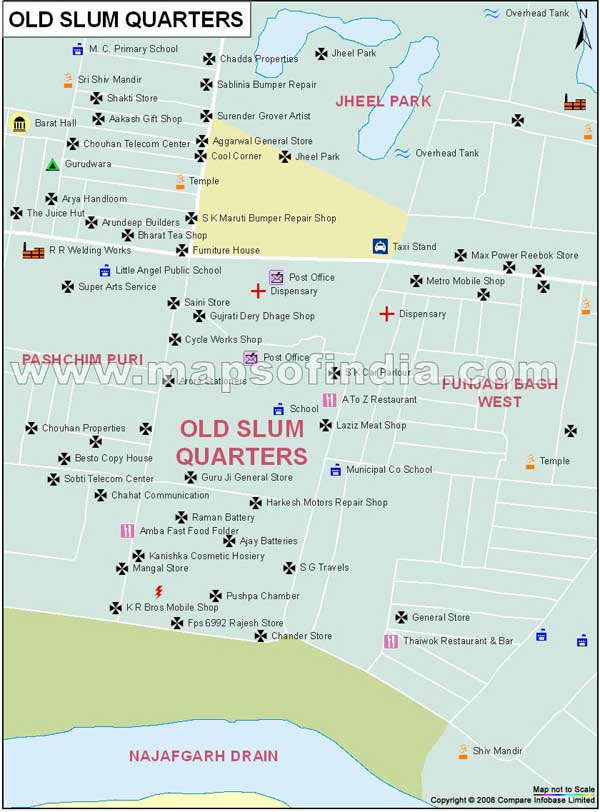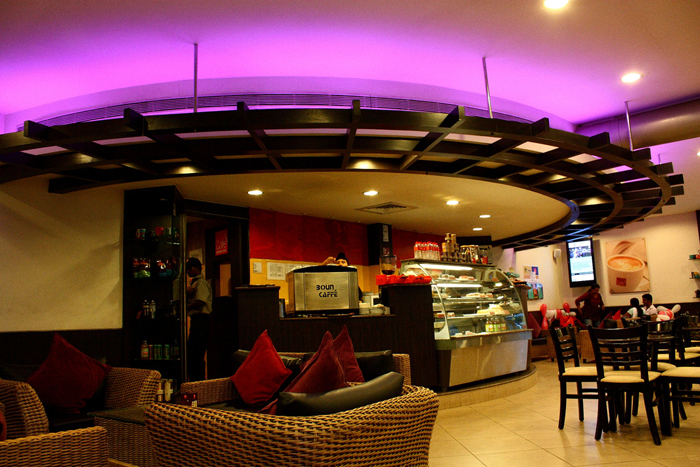.
.
.
Always welcome a true pure third force in national politics to clear the stale air of the two party system.
But they must not expand too quickly, or try too hard anywhere and every where.
Let them have success in and around Delhi FIRST,
then...................... later UP, Bihar, West Bengal, Assam, Arunchal Pradesh.(Some of the poorest parts of India, with extensive separatist movements which the Central governments have not been able to resolve for 60 years)
Then solid party bases and organizations in Haryana, Punjab, Himachal Pradesh, Uttrakal, Rajasthan, MP, Odisha.
Then finally the South and South West.
It is important that they are not backed by foreign entities, or speak foreign languages on national platforms. It is important the LEADERS do not have foreign education, or significant assets in foreign countries. They must remain humble servants of the people with modest incomes when they come to power. Not the mysterious, spooky sudden crores that are amassed when they are in office by them and their family members. It is important the LEADERS do not spend toooo much time in foreign countries, compromising their national zeal and ideals for suitcases of cash.
The Congress is 128 years old, established by Anglocized Indians, and Allan Octavian Hume with William Wedderburn. Its leaders have connections to London, and New York Globalists (Neo-liberals) It has in 128 years come full circle, and is now run by an unknown Italian lady with no formal education.
 In the serious business of national elections at the end of May, Annie Besants Congress is preferable over any other party, NATIONALLY.
In the serious business of national elections at the end of May, Annie Besants Congress is preferable over any other party, NATIONALLY. The BJP-RSS-SANG PARIVAR are pure fascists, and like the Congress have links to London, and the New York Globalists, BUT with one dangerous exception........it is the only one party that has become close and closer to dangerous Israel.
Let the AAP develop slowly, whilst the Congress holds the baton for at least the next term....2014--2019.
______________________________________
WISH LIST FROM THE DELHI BASED TOI:


1. Dismantle the BRT corridor: AAP promised a review of the BRT corridor, with transport minister Saurabh Bhardwaj saying on record that it would be scrapped. A month on, the AAP government seems strangely quiet over the BRT issue. Bhardwaj says "legal" options are being looked into. Ironically, all that the government needs to do is submit a review petition in the high court, withdrawing its earlier arguments for keeping the corridor.

2. Connectivity within NCR: Last year, the Delhi government came out with a scheme to grant permits to autorickshaws for running between Delhi and the adjoining NCR towns. The scheme, however, went into cold storage as the matter went to court. The Delhi government needs to take this up immediately, especially as Delhi Metro's expansion in Phase-III will still take another two years to become functional while the increasing movement of people between Delhi and the NCR is increasing road traffic.

3. More buses needed, get them fast: Cluster buses have not increased beyond 1,000 when there should have been more than 4,000 by now. The only meeting with DIMTS—the agency handling cluster buses—has been on improving the running of BRT. If low-floor buses are a problem, can the minister look at standard buses as an alternative?

4. Integrated schedule for public transport: This project has been pending since 2010—a passenger information system at bus stops and important intersection points that gives the schedule of buses on that route, and their frequency. Integration of DTC and cluster bus routes with Delhi Metro routes is pending, with an integrated schedule looking like a pipe-dream at the moment.

5. Untying the RTR knot: There is an urgent need for a flyover-and-underpass to run parallel to the existing half-flyover at Munirka. While the cabinet has cleared the project, the public works department is waiting for Delhi Metro to submit an estimate for the work.

6. Model roads: There are stretches after stretches in Delhi that are relaid every year, some perhaps more often. Despite that, each rainy spell pours misery upon motorists as these roads crumble with the first drop of rain. Chief minister Arvind Kejriwal is just the right person to ensure that the roads in Delhi become durable.

7. More colleges: Delhi has not got a new college in 16 years while the number of students has increased manifold. From time to time, BJP, Congress, and now AAP, have struck a populist chord by promising to reserve seats for students from Delhi schools in the 28 DU colleges. The funding to these colleges should not be the basis for imposing reservation as most of the money goes into paying salaries of teachers who live or work in Delhi.

8. Buses, autos to connect Metro: Delhi Metro will run a 400km route in the NCR when its third phase is complete. Yet, last-mile connectivity remains a mirage. The AAP government proclaimed its authority over Metro during the CM's recent dharna when it ordered reopening of some stations, but so far it has not taken up the responsibility of improving last-mile connectivity.

9.Wasteful road work: Much like roads, dividers and kerbs are demolished and rebuilt round the year in Delhi, and this must be the biggest money-spinning enterprise in full view of people. Arvind Kejriwal has himself commented on this often. There should be standards for dividers and kerbs to ensure that whimsical changes are not made to existing civic infrastructure.
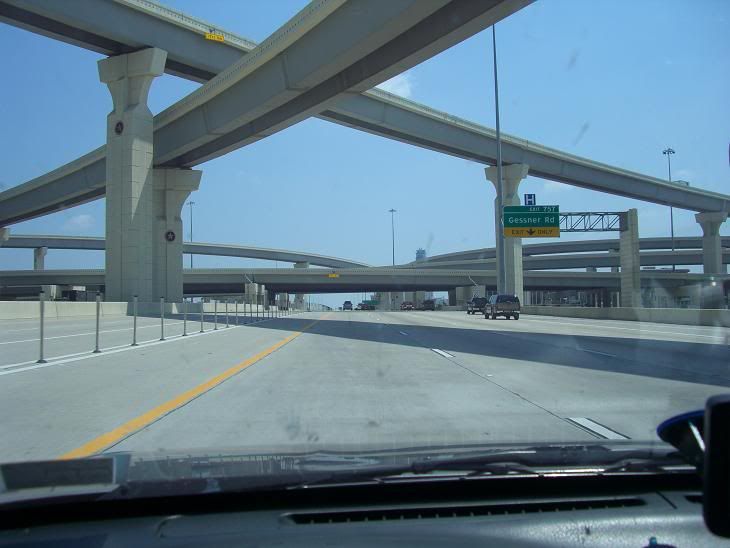
10. Streetlights: Long stretches with not a working streetlight can be found anywhere in the capital, from Nelson Mandela Marg in south Delhi to NH 24 in the east. Whether discoms or the road agencies, somebody must pay a price every time a road remains dark at night.

11. Women's loos: Of the city's 4,000-odd public toilets, less than 350 are for women. AAP, which had promised to address this problem last year, before the assembly elections, now has an opportunity to get the city women on its side by immediately starting work on this project.

12. Rein in autos: Auto drivers want the transport department to take over the role but its 120 enforcement personnel are inadequate for the purpose. AAP must realize that while these drivers are its vote bank, they cannot be a law unto themselves. Recently, drivers of autos and Gramin Sewa vehicles opposed joining a behaviour training programme. The unchecked growth of e-rickshaws is another problem. Clearly defined rules on routes, jurisdiction and fares are the need of the hour.

13. E-governance: The challenge before the Arvind Kejriwal government is to bring the common man closer to the departments and services by adding web-links and simplifying the process of accessing and submitting forms and documents online to departments.

14. GPS in buses & autos: DTC equipped all its buses with GPS in 2010 to ensure adherence to schedules. But autos that have been ordered several times to install GPS devices have largely avoided doing so on the plea of high cost. While many vehicles now have GPS on board, the monitoring is dismal.
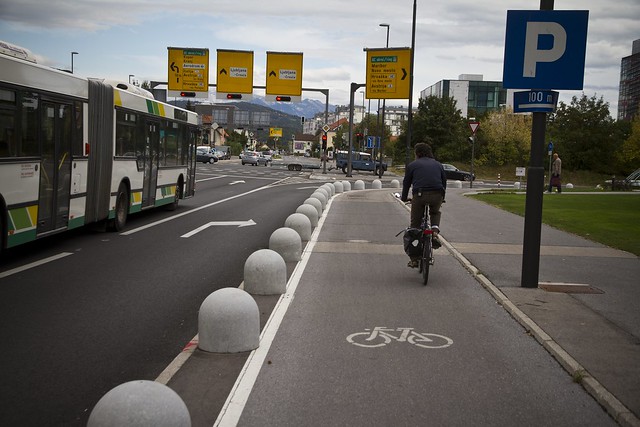

15. Entertainment: When the private organizers of international-scale events look for a venue in India, Delhi is not first on their list. For this, the city's entertainment tax regime is to blame. Experts say lowering tax rates will make the city a more attractive leisure and entertainment destination.


16. Bridges across the Yamuna: Delhi at present has eight bridges spanning the Yamuna. Road and traffic experts say that by 2021, there should be at least another 12—a few exclusively for cyclists and pedestrians, to divide the traffic load. There are three projects in progress at present including Phase-III of the Barapullah elevated road. However, the PWD department will have to push these projects to ensure that there is no breakdown of infrastructure in the interim.
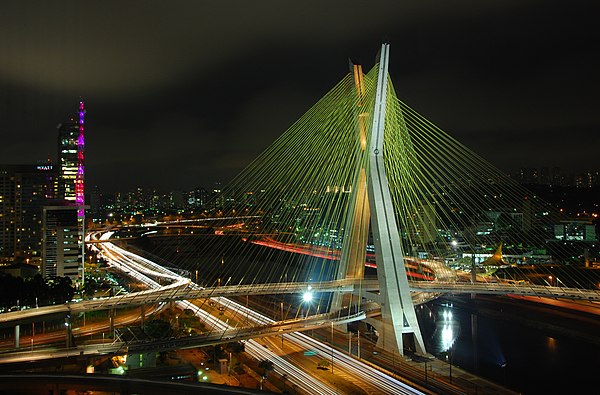
(I'll save you the bridge joke!......no ..ok...Corrupt Senator from the USA invites his counterpart from India for dinner and business at his Mansion in Washington. They enjoy a 15 course meal from Baluga caviar, to truffles, foie gras, champagne, smoked Salmon, and then finally when they finish their feast of many convivial hours, the Senator ushers the Indian politician to the window, and says, "You see that bridge over the Potomac, I got 10% profits out of it", says he proudly, then they both change into diapers and enjoy two little boys for the night of Greek delight. The next year the Indian politician invites his American counterpart for a Mughal feast of Chicken Daupiaza....then after the meal the Indian politician beckoned the Senator to the huge balcony of his palace overlooking the Yamuna. Says he, "See that bridge over the Yamuna river?" The Senator was puzzled for he could not see a single bridge in sight. The Indian politician smiled wisely, and all knowingly. "Ah you see......me getting 100%". Then they both retired and inspected two scrawny, beaten looking children around 8 or 9. "Don't worry," the Indian politician reassured, "here in India 130 million of us like little children for a little fun, but we don't strangle, torture or ritually kill these poor buggers as they do else where")
17. Leaking pipelines: Delhi loses around 30% of its water supply through leaking pipelines. The Delhi Jal Board has appointed several consultants in the past to stop the wastage but that has done nothing to conserve water in a city which is unable to fulfill the requirements of a large section of society. Arvind Kejriwal, as an IITian, can get all technical help he needs to move in these areas.

18. Govt hospitals: They have good doctors but are let down by the lack of facilities and an unfriendly work culture. To start with, the AAP government can make two super-specialty hospitals built in 2009 in Tahirpur, east Delhi and Janakpuri, west Delhi functional. Vacant positions should be filled and diagnostic services improved. The government's order for prescribing generic medicines is populist, instead it needs to focus on ensuring drug delivery.

19. Harvest rainwater: Delhi made it compulsory for all new buildings more than 100sqm in area to have rainwater harvesting features. However, the plan has failed. Strict enforcement and penalties on government officials who clear projects without rainwater harvesting structures and the owners of such buildings are necessary. The government can think of providing incentives for rainwater harvesting through subsidies in water bills.
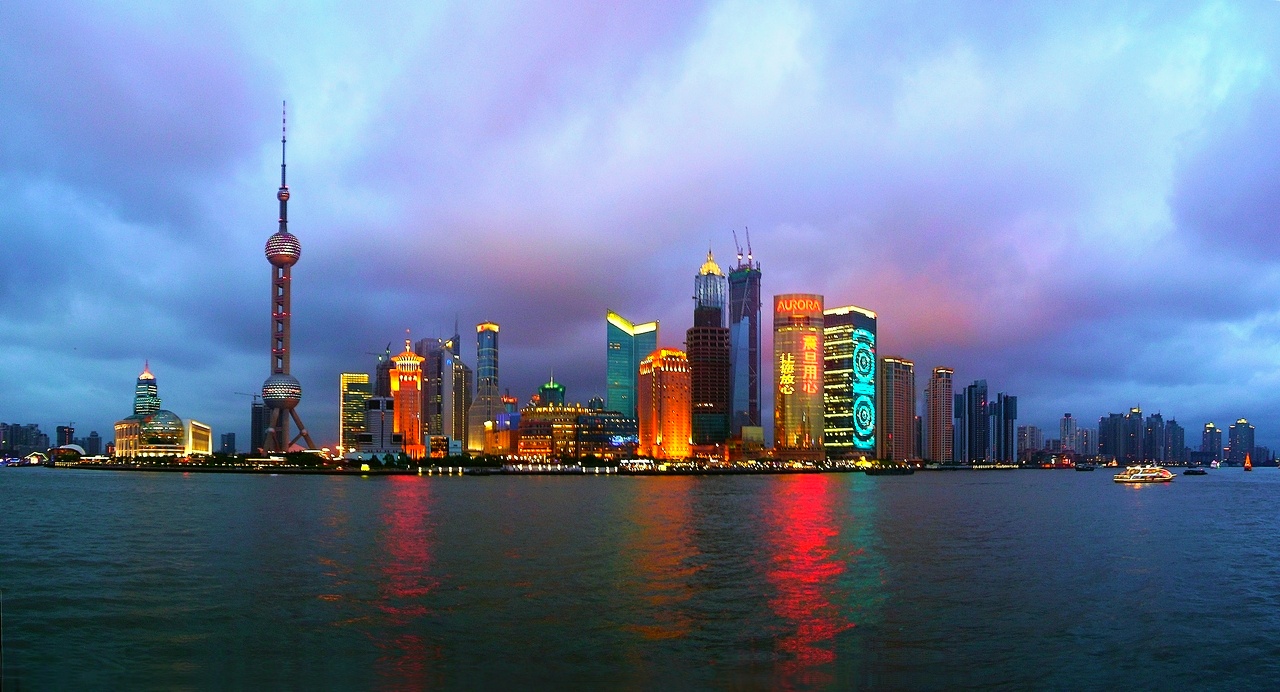
20. Time-bound services: In September 2011, the Congress government promised to end red-tapism by making departments fix time frames for delivering services to the public. Deviations from the committed time frame were monitored through a computerized internal management system. The new government says it is reviewing the law and plans to bring timebound delivery under the purview of the proposed Jan Lokpal Bill.

21. More cheap housing for the masses, and leafy suburbs for the growing middle-class....

22. Sort out the Colonial corrupt police force.....get rid of the lathi, the symbol of British rule. New uniforms away from the colonial khaki....better training, more pay, more graduates, more women...and weed out the RSS elements within the force which undertake the false flags.
23. POLLUTION........http://en.wikipedia.org/wiki/Environmental_issues_in_Delhi
24. Get rid of the animals on the road, sacred or otherwise.
25. More Persian parks.
26. Get rid of the beggars.
27. Destroy all slums, and replace them with cheap housing.
28. More recreational facilities from stadiums, gyms, theaters, shopping malls, cineplexes, theme parks, acqua parks for children only, acqua parks for adults, aquariums, casino's, bowling alleys, monitored red light area of prostitutes registered by the city (Amsterdam, Dhaka, Istanbul).......eeeeeerrr libraries, spa's, beauty salons, cosmopolitan cheap restaurants:
"Social leisure involves leisurely activities in a social settings, such as extracurricular activities, e.g. sports, clubs. There are many benefits that come from social leisure, such as the development of character, self-identity, and understanding of a communal setting or hierarchy. One key ingredient of social leisure that tends to be overlooked is the concept of mealtime being an important part of social leisure. It is during mealtimes where many individuals develop their social skills and character that defines an individual.
The relation between social leisure and mealtime, which is essentially the act accompanied with food, is uncanny. Both are used as a form of socialization, both develop character as well as create development in youth, and both help create social capital, these similarities are what make food a form a social leisure. Food, the main ingredient in mealtime, also shares this similar quality of self-identity through development and socialization, making food another positive form of social leisure."
29. CHRONIC POWER SHORTAGE-----short-term strategy is to invest in coal power stations.
30. Declare Jihad against CORRUPTION in the city.
How much money is needed for Delhi's infrastructure development? $50 billion? $100 billion? Who pays for it? Private/public partnership? Japanese aid? Chinese aid? EU aid?
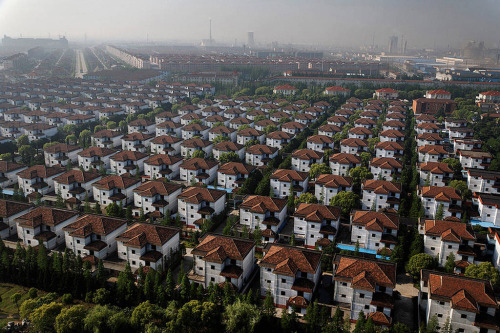

___________________________________
Greater Delhi is a mega city with a possible metropolitan population of 25 million.
HISTORY:
From Wikipedia:
Delhi (/ˈdɛli/, also known as the National Capital Territory of India) is a metropolitan region in India. With a population of 22 million in 2011, it is the world's second most populous city [3] and the largest city in India in terms of area.[2][4] The NCT and its urban region have been given the special status of National Capital Region (NCR) under the Constitution of India's 69th amendment act of 1991. The NCR includes the neighbouring cities of Alwar, Baghpat, Gurgaon, Sonepat, Faridabad, Ghaziabad, Noida, Greater Noida and other nearby towns, and has nearly 22.2 million residents.[5]
.
A union territory, the political administration of the NCT of Delhi today more closely resembles that of a state of India, with its own legislature, high court and an executive council of ministers headed by a Chief Minister. New Delhi is jointly administered by the federal government of India and the local government of Delhi, and is the capital of the NCT of Delhi. Delhi is India's only city-state.
.
Delhi has been continuously inhabited since the 6th century BC.[6] Through most of its history, Delhi has served as a capital of various kingdoms and empires. It has been captured, ransacked and rebuilt several times, particularly during the medieval period, and the modern Delhi is a cluster of a number of cities spread across the metropolitan region. This is why Delhi is sometimes called the City of cities.
.
Delhi was the site of ancient Indraprastha, the mythical capital of the Pandavas during the Mahabharata.[7] Delhi re-emerged as a major political, cultural and commercial city along the trade routes between northwest India and the Gangetic plain during the Delhi sultanates.[8][9]
.
In AD 1639, the Mughal emperor Shah Jahan built a new walled city named Shahjahanabad, in Delhi, which served as the capital of the Mughal Empire from 1649 until the First National Liberation War of 1857.[10][11] Shahjahanabad today is Old Delhi. The greater part of Old Delhi is still confined within the space of Shah Jahān’s walls, and several gates built during his rule—the Kashmiri Gate, the Delhi Gate, the Turkman Gate, and the Ajmeri Gate—still stand.
A new capital city, New Delhi, was built to the south of the old city during the 1920s.[14] When the British left India in 1947, New Delhi became its national capital and seat of the union government.
_____________________________________________
FROM WIKIPEDIA:
| Monocle's Quality of Life Survey 2013 | ||||
|---|---|---|---|---|
| City | Country | |||
| 1 | Copenhagen | |||
| 2 | Melbourne | |||
| 3 | Helsinki | |||
| 4 | Tokyo | |||
| 5 | Vienna | |||
| 6 | Zurich | |||
| 7 | Stockholm | |||
| 8 | Munich | |||
| 9 | Sydney | |||
| 10 | Auckland | |||
_____________________________________________________________
| The EIU's Liveability Ranking and Overview August 2013 | ||||
|---|---|---|---|---|
| City | Country | Overall Rating | ||
| 1 | Melbourne | 97.5 | ||
| 2 | Vienna | 97.4 | ||
| 3 | Vancouver | 97.3 | ||
| 4 | Toronto | 97.2 | ||
| 5 | Adelaide | 96.6 | ||
| 6 | Calgary | 96.6 | ||
| 7 | Sydney | 96.1 | ||
| 8 | Helsinki | 96.0 | ||
| 9 | Perth | 95.9 | ||
| 10 | Auckland | 95.7 | ||
________________________________________________________
| Mercer 2012 Quality of Living Survey | |||
|---|---|---|---|
| City | Country | ||
| 1 | Vienna | ||
| 2 | Zurich | ||
| 3 | Auckland | ||
| 4 | Munich | ||
| 5 | Vancouver | ||
| 6 | Düsseldorf | ||
| 7 | Frankfurt | ||
| 8 | Geneva | ||
| 9 | Copenhagen | ||
| 10 | Bern | ||
| Sydney | |||
____________________________________________________
DELHI

